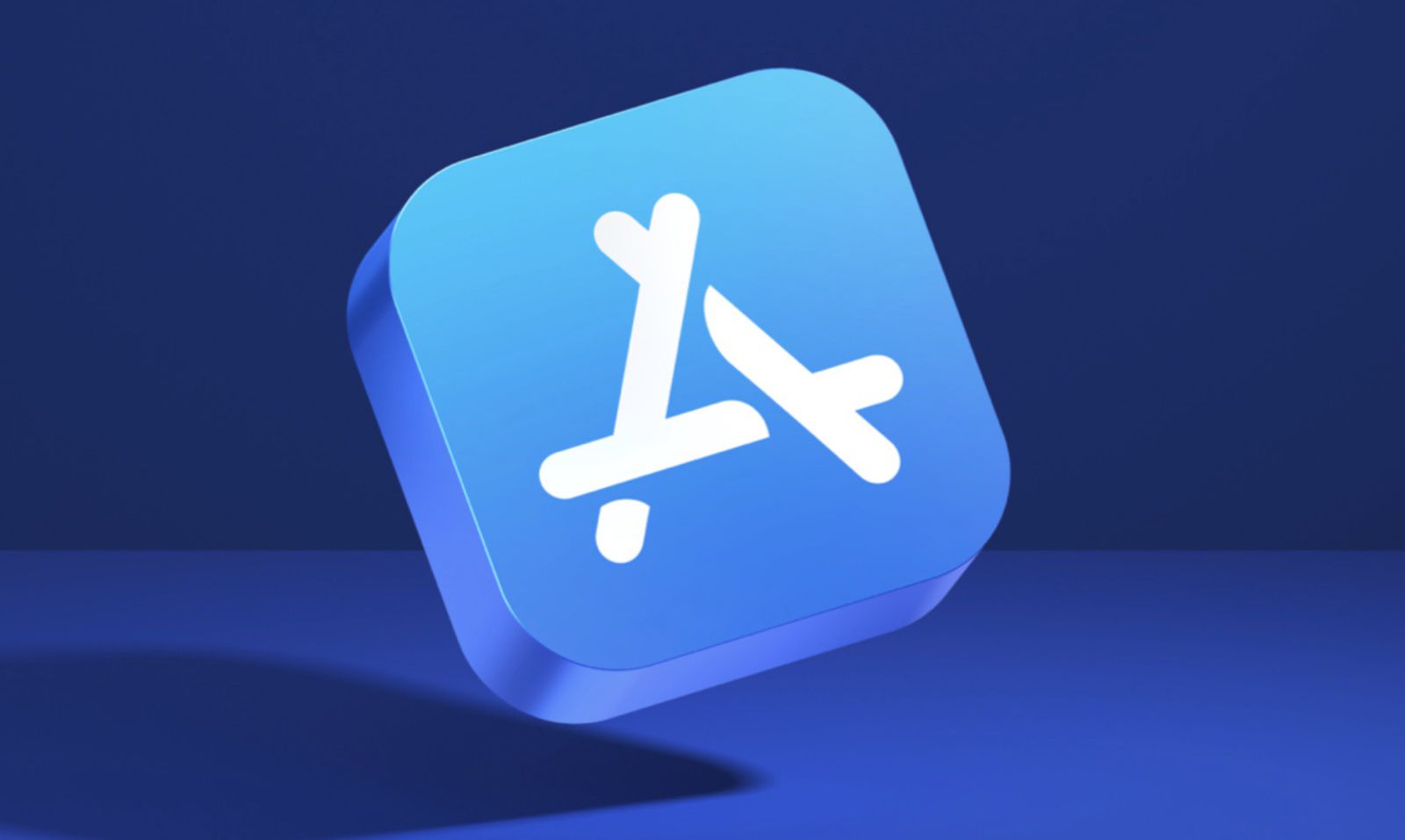
Apple had some good news to share Wednesday: the tech company “is now responsible for creating and supporting 1.9 million jobs in the US alone.”
The tech company also revealed that it had a record-breaking holiday season, with more than $1.1 billion (roughly Rs. 7,362 crores) spent on apps and in-app purchases over just a two-week period.
Both of those eye-popping numbers were reported diligently and widely by the tech press.
But unlike the hard money figure of app purchases, Apple’s jobs number is a little fuzzy.
Did the company really create and support 1.9 million US jobs?
Yes and no. The figure is real, but it certainly comes with an asterisk, one that could obscure the indisputable strength of Apple’s recent emergence as a big-time direct employer of thousands of workers, albeit at less stunning levels.
Here’s how Apple explains it: “Over the years, Apple has driven incredible job growth and created new industries. In fact, our products and innovations have led to almost 2 million U.S. jobs – for our engineers and retail employees to suppliers, manufacturers, and app developers.”
But that’s not 1.9 million Apple jobs or even tech jobs supported by Apple, such as through the apps developed for its iPhone and iPad operating system.
That number includes what are called spillover jobs and indirect jobs. That means marketing and HR positions at app companies, for example. It also includes the people in Apple’s U.S. supply chain and the construction workers building its new headquarters campus. They are part of the 1.9 million.
Perhaps most surprisingly, the Apple figure also counts many plumbers and Chipotle servers and even food delivery people. Tailors. Dry cleaners. Teachers, too. The justification is these jobs also would not exist without the salaries derived from Apple or its app store. But it’s also unlikely that anyone associates an auto mechanic’s job with the impact from Apple’s app store.
It’s called an economic multiplier, and it’s frequently used to estimate the ripple effect from a new job or project. When someone gets a new job, they might need to buy some new clothes (retail jobs!) or go out to lunch more (restaurant jobs!). This is the spillover effect. But it’s hard to quantify. (How many times did that new worker go out to eat exactly?) So the economic multiplier is an estimate. And it varies with different studies.
Apple’s 1.9 million jobs number breaks down into two big buckets: 500,000 Apple-related jobs and 1.4 million connected to its app store.
Let’s look at the 1.4 million apps jobs first.
That figure comes from outside research by Michael Mandel, chief economic strategist at the Progressive Policy Institute. He’s been studying what he calls the App Economy since 2012. In an interview, he explained in depth how he arrived at his number. He also wrote a Medium post about it. Basically, no one breaks out jobs related just to app development. So he scoured job postings for app-related jobs (using key words like “iOS” or “Android”) as a proxy for the total number of underlying jobs. He used the relationship between tech job postings and the known number of tech jobs as his guidepost. That gives him the total number of app-related jobs.
In 2015, that was about 553,334 jobs. Mandel said those are jobs working on app development, maintenance or support. Thousands of app developers now work at banks, insurance companies and hospitals. It’s part of the modern business world.
Then come the indirect and spillover jobs. He said he’s always used a conservative multiplier to estimate these jobs. He assumes that one core app job is responsible for one indirect job and one spillover job. That is a 2.0 multiplier effect.
“I’m not in the business of blowing this number up,” Mandel said.
The multiplier is low. Other studies have used multipliers of 5 or even 11 to estimate spillover economic impact. Some in the auto industry use 7. And this can be controversial. There were the “multiplier wars” surrounding the post-recession government stimulus programs, where people debated the size of the run-on effect from federal spending.
Using his 2.0 number, Mandel found those 553,334 core jobs translated into 1.66 million jobs in the App Economy – that’s core, indirect and spillover.
Mandel reported his latest study results on Wednesday. The new number had more than doubled from 2013. The App Economy is booming.
Mandel found that Apple’s iOS system was responsible for 87% of those 1.66 million jobs – 1.4 million. And that’s the number Apple referred to Wednesday in its press release as “are attributable to the community of app creators, software engineers and entrepreneurs building apps for iOS, as well as non-IT jobs supported directly and indirectly through the app economy.”
Apple wasn’t trying to hide anything. It was being transparent. It was also claiming credit for jobs that economists might agree makes sense, but perhaps people reading the news would be unlikely to think of as positions related to Apple’s apps.
So Apple’s claim of 1.4 million app-related jobs breaks out like this: one-third core jobs (481,400), two-thirds indirect and spillover jobs (962,800).
The other 500,000 jobs that comprise Apple’s boast of 1.9 million jobs also include indirect jobs. That figure comes from an outside firm that analyzed Apple’s spending and purchases from suppliers. But the multiplier effect was not known in this case.
But here is one indisputable number: Apple today employs 76,000 US workers, up 15% from a year ago when it had 66,000 workers.
While Apple employs more than 30,000 retail workers at its sleek Apple stores, almost all of its employment growth came outside of retail: Apple opened only three new stores in 2015, bringing its US total to 268.
So when Apple says that it created and supports 1.9 million jobs, that’s true. But it’s not in the way most people think of Apple-related jobs. It could be baristas and doctors and police officers. They are counted as unknowing members of the iOS App Economy, too.
What’s more notable is the massive size of Apple’s true workforce, that 76,000 number.
It’s not nearly 2 million. But it’s not too shabby, either.
[“source-gadgets.ndtv”]









